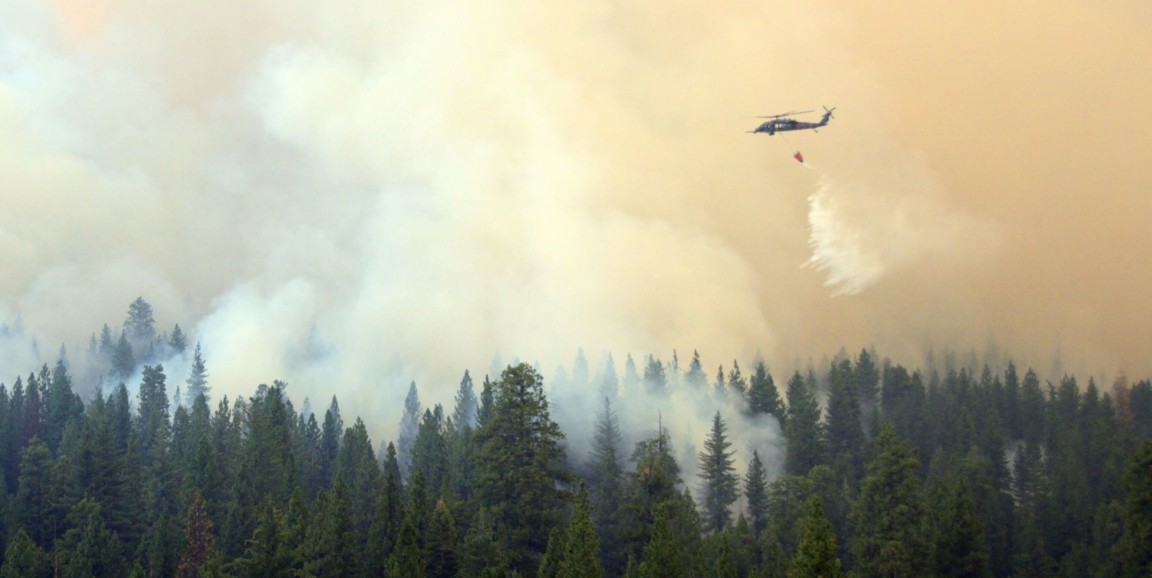Breathing pollution from wildfire smoke increases a pregnant woman's risk of giving birth three or more weeks early, according to a new Stanford study published in Environmental Research.
The study, led by researchers at the Stanford's School of Earth, Energy & Environmental Sciences, found that wildfire smoke exposure in California may have led to as many as 7,000 extra premature births across the state between 2007 and 2012.
Given that eight of the top 10 worst wildfires in California have occurred since 2012, the impact of smoke exposure on premature birth rates is likely worsening, according to the authors.
Premature birth is linked to a variety of short- and long-term health problems for babies, including problems with lung and digestive function, and risk of brain injury and other neurological problems.
Each day of smoke exposure raises a pregnant woman's risk of premature birth, regardless of her race, ethnicity or income, the study found. A week of smoke exposure raised the risk of early delivery by 3.4%, with the strongest impacts seen when women were exposed to smoke during their second trimester of pregnancy.
The research team suspects that tiny particles of pollution, in a class known as PM 2.5, may be causing the trouble. These very tiny bits of pollution are small enough to enter the lungs and pass into the bloodstream. A news release offers more details:
One possible explanation for the link between wildfire smoke exposure and preterm birth, the authors say, is that the pollution may trigger an inflammatory response, which then sets delivery in motion. The increase in risk is relatively small in the context of all the factors that contribute to the birth of a healthy, full-term baby.
"However, against a backdrop where we know so little about why some women deliver too soon, prematurely, and why others do not, finding clues like the one here helps us start piecing the bigger puzzle together," said coauthor Gary Shaw, DrPH, a professor of pediatrics and co-primary investigator of Stanford's March of Dimes Prematurity Research Center.
Photo by US Air Force






